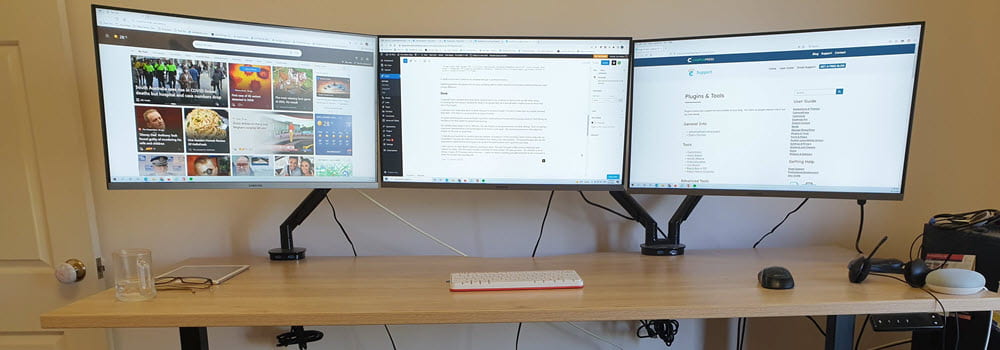Yesterday Suzanne posted “How to reach critical mass?” in EduBloggerWorld forum. She said “Every new education community I have joined has been slow to get off the ground, and eventually, I will stop coming and checking, as there is nothing new to read or respond to”.
Having been involved with several online communities, I can totally understand Suzanne’s frustrations, and have often felt like giving up with some, many a time. But don’t, because when the “gems” come, they are good!
Creating thriving online communities takes effort! First you have to remember with online communities user participation often more or less follows a 90-9-1 rule:
- 90% of users are lurkers (i.e., read or observe, but don’t contribute)
- 9% of users contribute from time to time, but other priorities dominate their time
- 1% of users participate a lot and account for most contributions: it can seem as if they don’t have lives because they often post just minutes after whatever event they’re commenting on occurs
If you want your community to thrive you need to:
- Make the site delicious (i.e. incredibly inviting). So people want to stay and join!
- Create a community that encourages strong sense of belonging! People will participate if it gives them a strong sense of community; if they feel a sense of obligation to participate!
- Make it very simple, and obvious how to participate. Don’t assume people will just realise! Check out how Michelle Martin has set up Betterblog.ning.com. I have to say Michelle is absolutely brilliant, and knows the principles of making an online community thrive.
- Find ways to encourage the 1 % that love participating. These are the people who will drive your community. Listen to Sean O’Driscol’s (Manager of Microsoft online communities) share his knowledge on creating thriving online communities and check out Sean’s blog!
- Structure or theme helps because it provides a sense of purpose! For example, new theme each month such as Beginners Tips, Cool Tools, Audio and video in elearning. Alternatively, Michelle is creating weekly challenges for the Betterblog.ning.com.
What are your thoughts? What has worked for you with online communities? What has failed?




Leave a comment